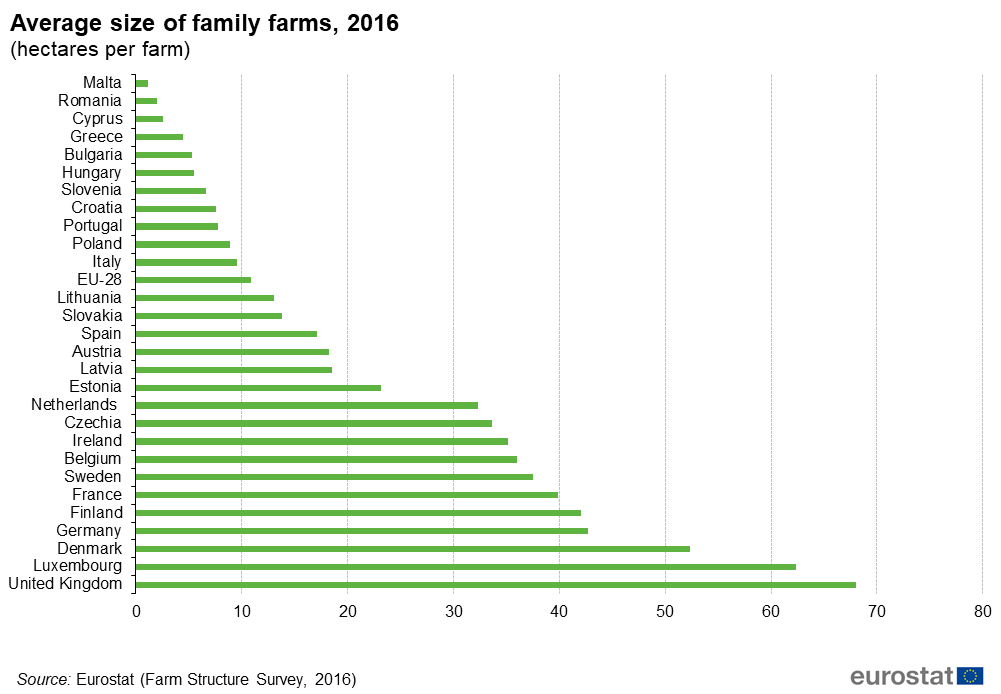Eine Welt der Daten: The Case for a World of Digital Farming
In my roles and years at Climate, I’ve seen North American farming across the Great Plains, Canadian fields of canola, and smallholder farms across India and the Philippines. I’m very lucky to have been able to travel (when travel was safe and advisable) and to witness the variety inherent in global agriculture. My career journey has lately taken me to Europe, the home of yet more diverse farms of all shapes and sizes on land that has been consistently farmed for centuries.

The American author Mark Twain famously said that “Travel is fatal to prejudice.” Seeing the world has not only eliminated any prejudice with regard to what a farm can be, but has expanded my notions of what tools farms of all sizes need in order to be successful through generations and into the future.
The reality of the matter is that digital agriculture is the future, no matter the size of the farm or what’s being grown on it. It’s just a matter of building a platform extensible to all sorts of farmers, with a clear understanding of the value they can gain on their operations.
Farms of All Shapes and Sizes
In the last couple of years we’ve launched Climate FieldView™ in over a dozen European countries, elevating our platform coverage across the world to 22 countries. In my opinion, it’s not appreciated well enough by those outside Europe just how diverse the European farmer - or the European farm - really is.

A snapshot from 2016 of the average family farm size in the European Union. While this doesn’t tell the whole story, it reveals the diversity of size for the average farmer in Europe and across EU countries. (via Eurostat)
When compared to the average family farm size of 589 acres (via U.S. Department of Agriculture) in the United States (almost 240 hectares using the European scale), the reality of European agriculture is massively different. European farms are relatively small in comparison, with a high variety of crops being grown, from wheat to olives.
While our platform is broadly available to those in the countries in which we’ve launched, we’re also actively working on offering the same sorts of modeling recommendations that we do for North American corn farmers to those in the European Union farming wheat and other cereal crops.
Small Farm, Big Digital Value
Farm size or machinery or type of crop don’t have a lot of bearing on the value that digital management brings to an operation.
FieldView™ is a means towards a data collection, management, data analysis, and access end, and data itself is a means to yet another end: farmers need better systems for management and reporting so they can study and understand their fields, learn from the season, and re-optimize their operations with a much higher degree of certainty that their decisions will result in wins for their operation.
Implementing digital solutions on a farm immediately speeds up a number of the more tedious aspects of farming. Having a platform that allows farmers to manage all their own data in one place enables farmers to gain access to disparate and critical information about their fields in one system, and for them to benefit from the integration with weather information, public data sets (soil satellite imagery), and field data to unlock better field understanding, drive a faster development cycle, and to reduce time spent doing analysis. That means a lot less paperwork! Farmers look immediately at the data just gathered - or the data from previous years - and draw insights for the next season.
This solution isn't new for European farmers. It's just a new way to think about the same workflows, a way to automate them. Learning from data is something that happened in the infancy of agriculture, thousands of years ago - it just didn't happen with yield monitors and data from weigh wagons, sensors, and satellites!
Specialized Tools for the Specialized Operation

Every farm has data to be managed, curated, and analyzed; organizing and filtering farm data along with publicly available data sources will shorten time to farm insights (stock photo).
Specialized farms - including the operations that produce organically cultivated crops - have not only a lot more data to manage than traditional row crops, but more types of data to report on more complex management operations.
Specialized markets - for any food type, crop protection strategy, place of origin, or processing method - exist where demand for alternative varieties exist. To maintain their specialized status, or to maintain access to a specialized market segment, requires the sort of documentation that digital agriculture facilitates; injecting a dose of digital onto these operations does the job of traditional binders and paper reports in a much better way.
Digital, then, becomes a fundamental tool to remove the burden of data capture and documentation, to lower operational costs, to lower the barriers to entry for those wishing to enter those markets, and finally to lower the costs of those commodities when they enter the market. Digital ag can even provide a way to enable farmers to increase transparency and visibility of process, and thus trust.
Eine Welt der Daten
The only real way to go forward accomplishing increased availability of organic and other specialized food products is through data, through reducing farmer expense and time spent catering to specialized needs from the market.
To me it’s fascinating that the German word Welt, for world, looks and sounds so similar to the English word wealth. To ensure the health and prosperity of the world and its farmers, we will truly need to unlock the potential productivity for every farmer in every circumstance, and we stand poised to do just that in the next few years.



